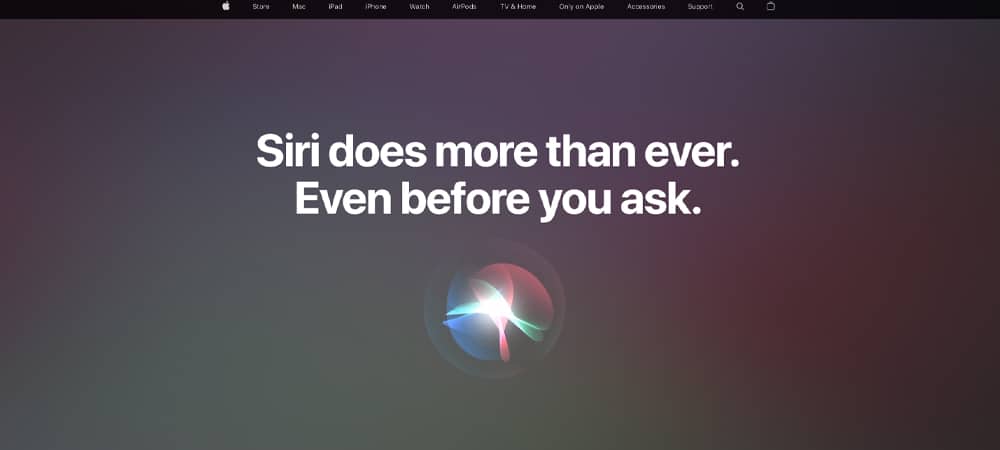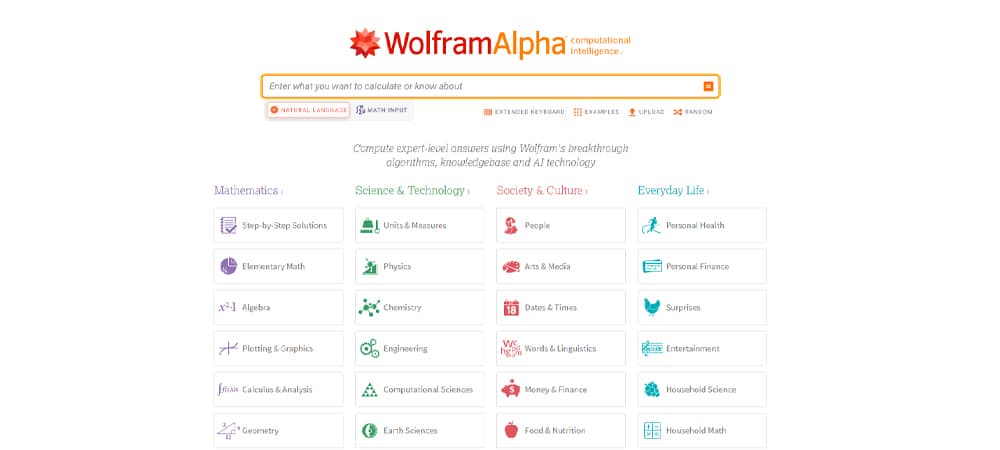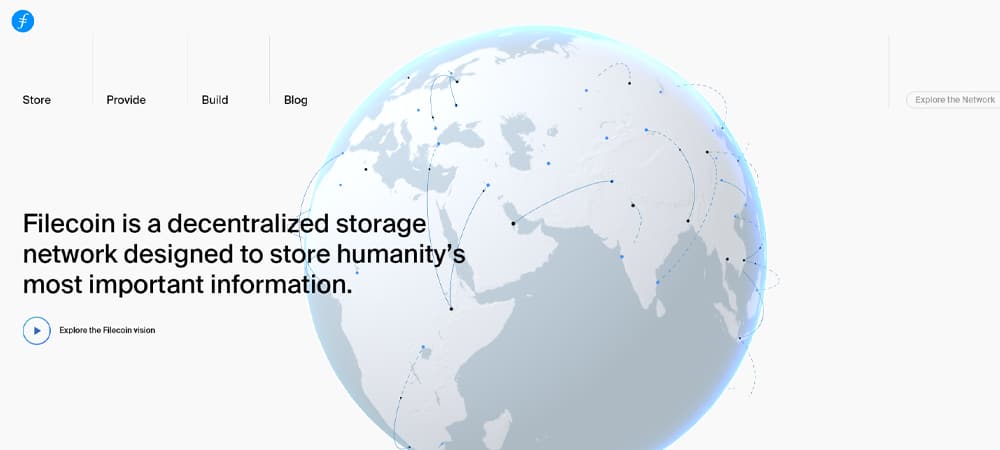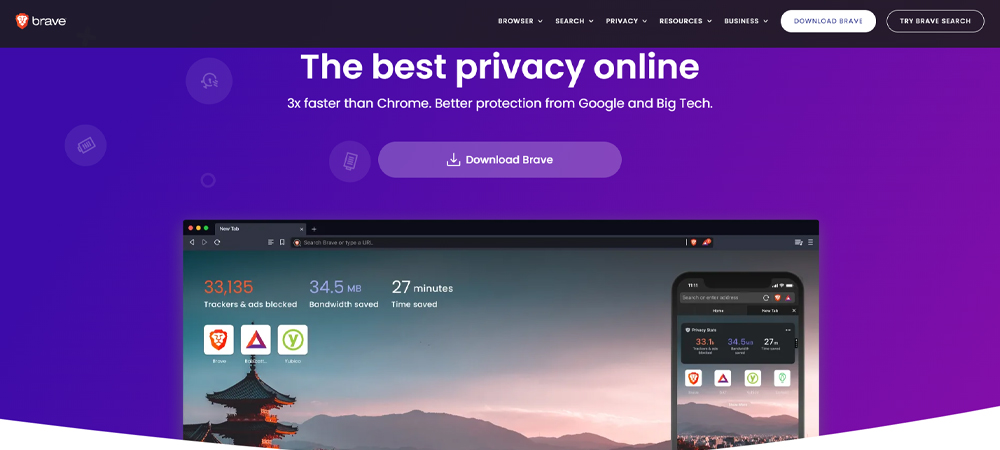Web 3.0 is one of the most critical technologies currently in development. However, it’s not always easy to understand, like many advanced technologies. You can get a clearer picture of what web 3.0 is and why it’s essential by looking at some examples and definitions. Once you’ve done so, you’ll be ready to benefit from a web 3.0 experience truly.
Quick menu:
- The General Foundation of Web 1.0, Web. 2.0, Web 3.0
- Web 3.0 Explained in More Detail
- The Most Important Features of Web 3.0
- Some Examples of Web 3.0 Apps
- The Trials and Challenges Facing Web 3.0
- What Are the Basics of the Metaverse?
- How Do the Metaverse and Web 3.0 Work With Each Other?
The General Foundation of Web 1.0, Web. 2.0, Web 3.0
What is Web 3.0? It seems like a simple question at first. But understanding Web 3.0 requires an understanding of the previous iterations as well.
The early Web can be envisioned as a “read-only” medium. Web 1.0 was closer to a book than an interactive experience. The most interactive element of Web 1.0 is shopping cart systems. True interactivity didn’t come until Web 2.0.
An exact definition of Web 2.0 can be difficult to pin down on a technical level. It goes far beyond simply using a particular technology or framework. However, Web 2.0 can be defined by how people relate to it. Web 2.0 brought true interactivity into the average person’s experience with the Internet. Web 2.0 is “read-write”.
Users don’t just read a page; they can interact with it. Users can write comments, work with video players and generally be part of other users’ experiences.
Web 3.0 is a medium best described as “read-write-execute”. Web 3.0 is more focused on acting as an active rather than a passive agent.
In the article “Web 1.0 2.0 3.0; What is The Difference & Examples” you will find more detailed information including characteristics and examples for each web version.
Web 3.0 Explained in More Detail
The evolution of the Web has been defined in large part by interactivity. The leap from Web 1.0 to 2.0 provided users with the ability to initiate interactions with websites. However, this was usually a one-sided conversation. People could actively use components on a 2.0 website. Likewise, people could interact with each other on a 2.0 website. The site itself wouldn’t initiate that interaction or anticipate a user’s desire. This is one of the biggest leaps forward with Web 3.0.
3.0 takes a more proactive approach that uses machine learning and advanced language processing. In short, Web 3.0 can act as a semi-autonomous agent. A Web 3.0 service might ask itself what a user wants in any given situation. The system will be able to take advantage of some unique resources.
Modern 3.0 systems often have tens of thousands of processor nodes. The system will also use Big Data analytics to examine the experiences of an equally large number of users. This even applies to matching products and services to individual tastes. In short, Web 3.0 can think about what a user might want or enjoy. The ability to think ahead is due to increased information interconnectivity, data sets, and processing power.
Web 3.0 is improving most aspects of people’s computing experience. For example, 3.0 make Web browsing far easier. New techniques allow search engines to understand better what people are looking for.
People seldom consider just how hard it is for machines to understand human language. This is part of what makes it hard to find information online. Until recently, search engines had to rely on simple pattern matching between what someone typed and matches within a large database.
Web 3.0 makes it possible for search engines to understand language rather than simple pattern matching. When search engines understand intent, they can work intelligently to meet expectations.
3.0 improvements are most obvious with how users interact with businesses. For example, companies can provide 24/7 support through AI-based chatbots. Companies are also better able to present their services to customers through Web 3.0 based advertising.
These benefits companies and users alike. Nobody likes advertisements for services they’re not interested in. And it’s a waste of a company’s advertising budget. But Web 3.0 systems can better match potential customers with services they’re interested in. All of this comes down to a smarter Web.
The Most Important Features of Web 3.0
Up to this point, Web 3.0 has been primarily defined by what it does. But what makes all of this possible? What specific features and characteristics provide all of this functionality? Web 3.0 is made up of a vast array of different features. But the following are the most important parts of Web 3.0.
Decentralization
Web 1.0 and even 2.0 usually keep resources centralized to a few locations. The user has a computing device that accesses a URL via HTTP. The URL translates to a specific server which might draw content from a few other similar systems. This has changed dramatically with Web 3.0.
The weakest phone is comparable to supercomputers from a decade back. 3.0 leverages the vast amount of power in even the smallest client systems. And web servers now use cloud computing to abstract various file locations or databases over multiple systems. Even code in web applications might come from multiple sources.
Artificial Intelligence (AI)
AI is a form of machine learning which lets computers act as semi-autonomous agents. Web 3.0 finally turns this potential into reality. At the moment, a lot of this power is going into commerce. One of AI’s biggest strengths is pattern recognition. Machine learning is excellent at comparing spending patterns to determine what products people would like. But the future of AI in Web 3.0 is limitless.
Anything that requires decision-making can benefit from AI’s access to unlimited information and blindly fast speeds. Even sectors like medication development and manufacturing are starting to see solid returns from AI-powered systems.
Connectivity & Ubiquity
It’s important to remember that Web 3.0 technologies are usually interconnected. Some of the strongest AI consists of many smaller processors linking together to form something unique. That same technique can apply to the average person’s life as well.
The Internet of Things (IoT) is a part of Web 3.0, linking everyday items. Consider a fridge that adds items to the grocery list. Or the usefulness of blinds that can recognize when the sun’s warming the home up too much. Web 3.0 links servers, programs, and apps together. And the IoT is growing too.
Trustless & Permissionless
Web 3.0 also works on a trustless and permissionless platform. Trustless refers to the fact that there’s no need for a trusted gatekeeper. Users can encounter each other just as they would in the real world – without 3rd party’s go-ahead. Permissions imply something similar but still distinct. Permissionless systems imply that anyone can participate in a process without the authorization of a governing body.
Trustless and permissionless systems are exemplified by metaverse implementations that users create. These Web 3.0 systems let people access and even create virtualized environments. People can create open worlds for each other.
Some Examples of Web 3.0 Apps
Web 3.0 has a solid technological foundation. The concept of semi-autonomous technology that can easily integrate into any part of the world is brimming with possibility. But what are people doing with Web 3.0 right now? The technology is still in its early days. But the following examples demonstrate just how much this new take on Web tech is capable of.
Apple Siri
How can you bake the perfect apple pie? Just ask Apple’s Siri, and it’ll give you step-by-step instructions. This intelligent Web 3.0 app has been part of the iPhone. Siri also shows how much Web 3.0 is maturing. Siri used to reply with an “I don’t know” fairly often. But today, Siri is usually able to offer detailed answers. Siri often even displays a bit of wit and personality.

Image attribution: Apple
Wolfram Alpha
Wolfram Alpha is a solid demonstration of AI and machine learning on distributed systems. It leverages tens of thousands of computers to analyze data and respond to inquiries. If users just list an item, like a pear, they’ll receive a wealth of data such as nutritional information. But a user could also ask the system how much vitamin c is in a pear and receive an exact answer. This is because it understands the language.

Image attribution: Wolfram Alpha
Facebook is one of the leading voices in Web 3.0. It’s putting a huge amount of development and focus on the metaverse. However, they’re also notable for creating APIs that let developers leverage existing Facebook data into new platforms. The existing API also makes it easier for developers, in and outside Facebook, to extend social communities into Web 3.0 spaces. The API is so popular that an estimated 300,000 Facebook applications use it.
Video: Facebook Products – Shaping the World
Filecoin
Filecoin is Web 3.0’s answer to online storage. Many see it as the next step beyond Amazon AWS, Dropbox, or Google Drive. Users can store data within Filecoin in a similar way to those services. However, Filecoin uses Web 3.0’s decentralized model of operation. This helps provide more robust encryption. Lack of a centralized entity also means there’s no single point of vulnerability for threats to target. And new technologies like IoT integrate with it.

Image attribution: Filecoin
Brave Browser
Brave Browser is a new and more secure way to access the Internet on mobile devices. It aims to be the most secure browser ever made. The protection is accomplished in part by using highly distributed blockchain technologies. This will block malicious attempts to hijack the browser for maliciously exploited cryptocurrency. But it also ensures this distributed Web 3.0 related system can protect users’ privacy in the most advanced and up-to-date way possible.

Image attribution: Brave Browser
Steemit
Steemit builds on the general concept of large-scale Web 2.0 social networks. For example, Reddit would fall into the Web 2.0 version of a social network. Steemit takes things into Web 3.0 by using the same general concept but on a more advanced and decentralized platform – the Steem blockchain. The developers hope to create a reward system that can ultimately pay contributors and content creators for their work by using this new system.

Image attribution: Steemit
LivePeer
LivePeer is the Web 3.0 answer to video streaming services like YouTube. Video streaming was one of the big successes with Web 2.0 since this was only possible with its new technologies. Likewise, LivePeer leverages Web 3.0 to provide a different take on the concept. It uses a combination of blockchain’s decentralized base with an open-source development model. The result is a system that can act as a default streaming foundation for Web 3.0.
Video: Livepeer 101
Experty
Experty builds on the borderless nature of Web 3.0 to help bring people together. The service uses these advanced techniques to help people get expert answers to their most pressing issues. Web 2.0 makes it easy to search, but not so easy to get a definitive answer. Expertly matches people with questions to experts who can provide a solution. Experty makes it easy to speak through video chat to get further information about the provided answer.
Video: Explainer – How To Call an Expert via Experty
The Trials and Challenges Facing Web 3.0
Of course, all new technologies face challenges. The most significant for Web 3.0 is the sheer breadth of the Internet. Full libraries would only be the tip of the iceberg for the Internet as a whole. Web 3.0 needs to intelligently work with all of that data while also handling the uncertainty and vagueness of human syntax.
This is further muddied by the fact that data isn’t always strictly defined. For example, the same set of symptoms can apply to multiple underlying illnesses. The same goes for mistakes and inconsistencies found within data sets. Web 3.0’s best methods to handle these uncertainties are probabilistic reasoning and fuzzy logic.
For example, peer review in science or medical journals exists because experts can make methodological errors or even typos. Machine learning is faced with that same task when working with Big Data.
Of course, data sets often have deliberately falsified information. These examples are provided to mislead either human readers or digital expert systems. Cryptography techniques are often paired with other Web 3.0 systems to bypass intentional deceit. Various country’s legal systems will also need to evolve alongside Web 3.0 to tackle more serious large-scale criminal deceit.
What Are the Basics of the Metaverse?
What is the Metaverse? No discussion of Web 3.0 is complete without it. The metaverse is a shared digital space typically populated by people using an avatar. At the moment, there are many different implementations of this general idea. And each take on the concept uses some, or all, of the technologies used in Web 3.0.
Decentralized technologies like the blockchain are especially common. They’re often used for business or with NFTs. Non-fungible tokens can protect a digital avatar’s designs or persona.
People often assume that they’ll need expensive virtual reality systems to use the metaverse. But even smartphones and standard browsers can access aspects of the metaverse. Of course, the best experience is fully immersive and will use VR technologies.
This is only scratching the metaverse’s vast surface. The latest metaverse information can be found in the article “Metaverse Guide; Understanding The Basics Will Open Up a New World”.
How Do the Metaverse and Web 3.0 Work With Each Other?
The link between the metaverse and Web 3.0 can become clearer by thinking about how the metaverse operates. The metaverse is essentially a system built on a foundation of advanced networking. Much as a website is built onto Web 2.0, the Metaverse is built atop Web 3.0.
The concept can be extended to geographic areas in the real world. Building on the plains automatically lends aspects of the area, such as a temperate climate. Building in lusher regions provides more, like beautiful hills. Likewise, building the metaverse atop Web 3.0 opens up more capabilities than websites using Web 2.0.
For example, digital asset management or sales are easily leveraged in the metaverse. This is due to blockchains making NFTs and cryptocurrency sales easier to implement. The decentralized nature of Web 3.0 also makes it easier for virtual resources in the metaverse to scale.
Web 3.0 is built on easily defined technologies. But the ways developers weave them together are essentially limitless. Web 3.0 is everything from video streaming to the metaverse. But more than anything else, this exciting technology is the Internet’s future.
Did You Like This Article About Web 3.0?
You might also be interested in the following articles:
- Metaverse Trends; Upcoming Milestones for the Digital Frontier
- Metaverse Startups: 10 Compelling Metaverse Startup Companies in 2022
- NFT Meaning for Various Industries: How NFTs Disrupt Digital Markets
More Metaverse Related Tips
Metamandrill.com aims to provide explanatory and practical information about the metaverse and related topics. You can find all tips in the categories metaverse, explainers & guides, virtual worlds & games, devices and NFTs.
from: https://metamandrill.com/web-3-0/

